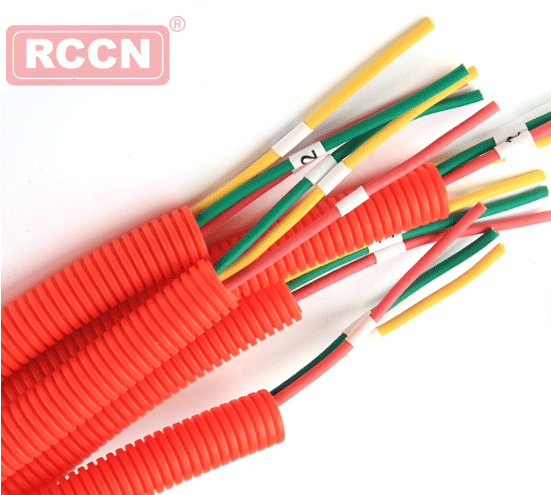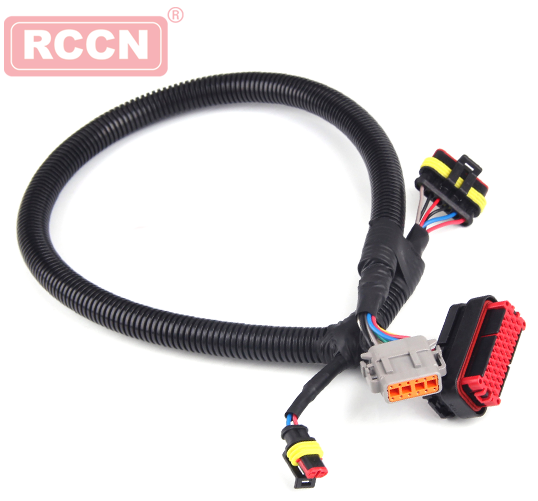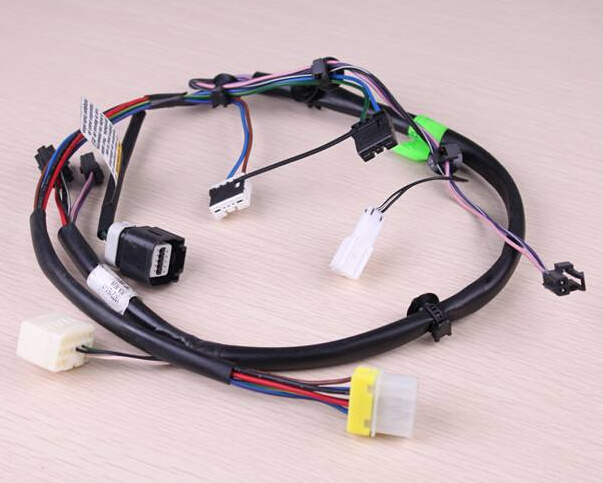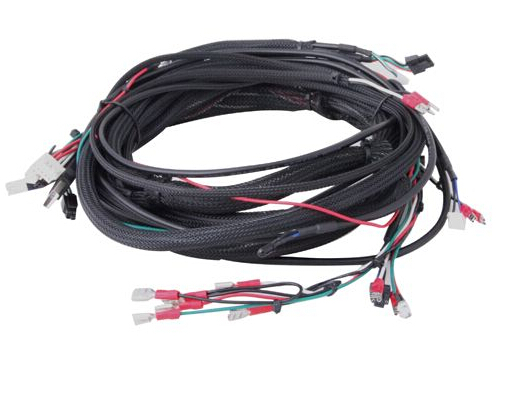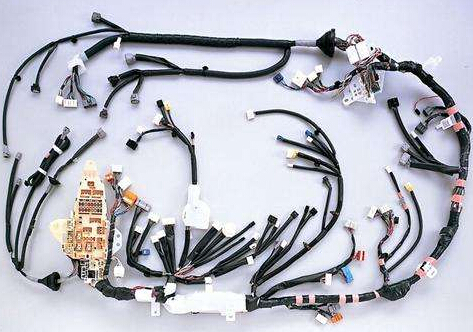In modern cars, electronic control systems are closely related to wire harness processing. Someone once played an image metaphor: a microcomputer is equivalent to a human brain, a sensor is equivalent to a sensory organ, and an actuator is equivalent to an exercise tube. Then the harness is a nerve and a blood vessel.
The following is a technical analysis of the functions and production processes of China's wire harness industry:
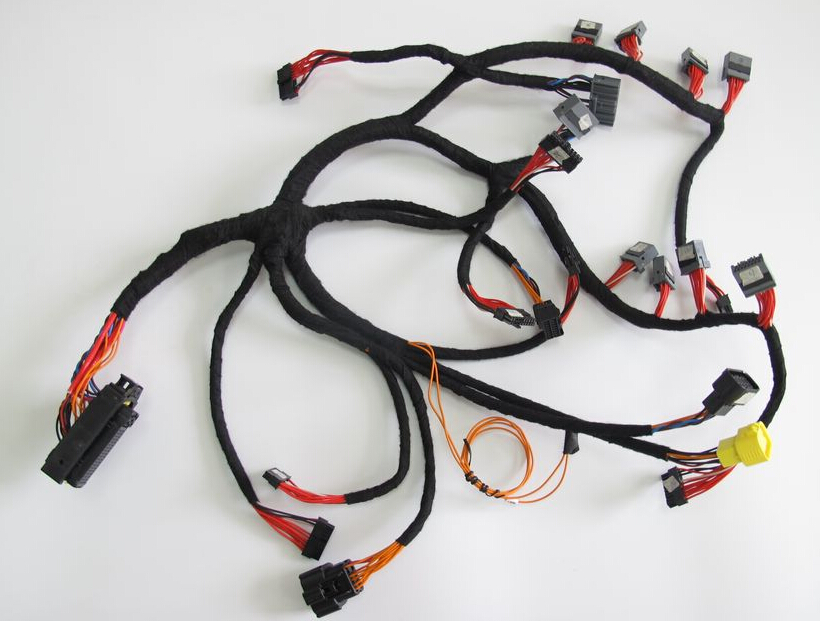
The car wiring harness is functionally divided into a power line that carries electric power for driving an actuator (actuator) and a signal line that transmits a sensor input command. The power line is a thick wire that carries a large current, and the signal wire is a thin wire (optical fiber communication) that does not carry power.
The cross-sectional area of the wire for the motor and the actuator is 0.85 and 1.25 mm2, and the cross-sectional area of the power supply circuit is 2, 3, and 5 mm2; and the special circuit (starter, alternator, engine grounding wire, etc.) has 8. 10, 15, 20mm2 different specifications. The choice of wires, in addition to considering electrical performance, is also subject to physical performance constraints.
















 RCCN WeChat QrCode
RCCN WeChat QrCode Mobile WebSite
Mobile WebSite

